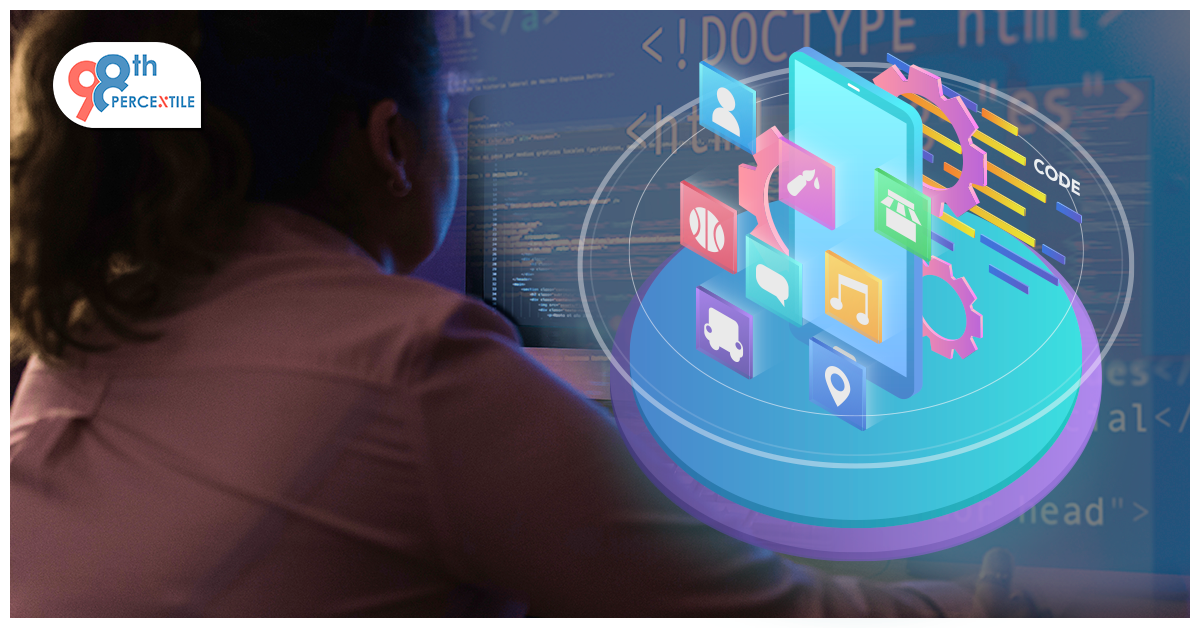The digital age is upon us, and with it comes the need to adapt to new technologies and skills that will shape the future. Among these, coding stands out as a critical competency, acting as the language of the future. It's not just about software development; coding cultivates problem-solving skills, logical thinking, and creativity. Recognizing this, educators and parents are increasingly turning to coding robots as engaging tools to introduce children to the world of programming. These robots, designed to be both fun and educational, offer kids a hands-on experience with coding concepts, making the learning process interactive and enjoyable.
The Importance of Coding in Early Education
Before diving into the world of coding robots, let's first understand why coding is so vital for children. In today's technology-driven society, coding is everywhere—from the apps we use on our phones to the websites we browse daily. By learning to code, children develop a deeper understanding of the digital world around them. Moreover, coding challenges young minds to think critically and creatively as they learn to solve problems and build projects from scratch.
Begin Your Child's Coding Adventure Now!
Coding education fosters resilience, as children learn that failure is just a step towards success. They discover the importance of persistence and the joy of achieving their goals through trial and error. These life skills are invaluable, transcending beyond the coding tasks and preparing children for various challenges they might face in the future.
Introduction to Coding Robots for Kids
Coding robots are designed to make the learning process tangible and interactive. Unlike traditional screen-based coding activities, these robots allow children to see the physical results of their coding efforts. Whether it's making a robot navigate through a maze or perform a series of actions, the hands-on experience enhances learning and retention.
These robots come in various forms, catering to different age groups and skill levels. From simple models that teach basic programming concepts through block-based coding to more advanced robots that introduce children to text-based programming, there's a coding robot for every young learner.
Top Coding Robots for Kids
- Ozobot: Ideal for beginners, Ozobot teaches coding through color-coded sequences. Kids can draw lines and color segments to control the robot's movements, making it a perfect blend of creativity and technology.
- Sphero: Sphero robots offer a more advanced coding experience, with several models that kids can program using block-based or text-based code. These spherical robots can roll, change colors, and even navigate water, providing endless possibilities for creative projects.
- LEGO Mindstorms: Combining the timeless appeal of LEGO with the fundamentals of coding, LEGO Mindstorms sets allow children to build and program their own robots. This platform is particularly effective at teaching problem-solving skills as kids figure out how to construct their robots and make them perform tasks.
- Makeblock mBot: The mBot is a versatile educational robot kit that introduces kids to the basics of robotics and programming. With easy-to-assemble parts and drag-and-drop programming, it's an excellent tool for beginners to start their coding journey.
- Dash & Dot: These friendly robots are designed for younger children, offering a playful introduction to coding concepts. With various sensors and interactive capabilities, Dash & Dot make learning to code fun and accessible.
Tips for Parents and Educators
- Start Simple: Choose a coding robot that matches your child's age and skill level. It's important to start with basic concepts before gradually moving to more complex projects.
- Encourage Creativity: Let children take the lead in designing projects and solving problems. This fosters creativity and confidence in their abilities.
- Make It a Group Activity: Coding with robots can be more fun and educational when children work in teams. This promotes collaboration and communication skills.
- Supplement with Online Resources: Many coding robots come with access to online communities and additional learning resources. Encourage children to use these resources to extend their learning.
- Celebrate Failures and Successes: Emphasize that trial and error is part of the learning process. Celebrate both the failures and successes to encourage persistence and resilience.
Book 2-Week Coding Trial Classes Now!
Coding robots for kids are not just toys; they are powerful educational tools that offer a hands-on approach to learning programming. By engaging with these robots, children not only acquire vital technical skills but also develop critical thinking, creativity, and perseverance. As we look towards a future where technology continues to play a significant role in our lives, equipping our children with coding skills is one of the best investments we can make. Let's embrace the potential of coding robots to inspire the next generation of innovators and problem-solvers.

 Students/Staff
Students/Staff Parents
Parents ElevatEd
ElevatEd















